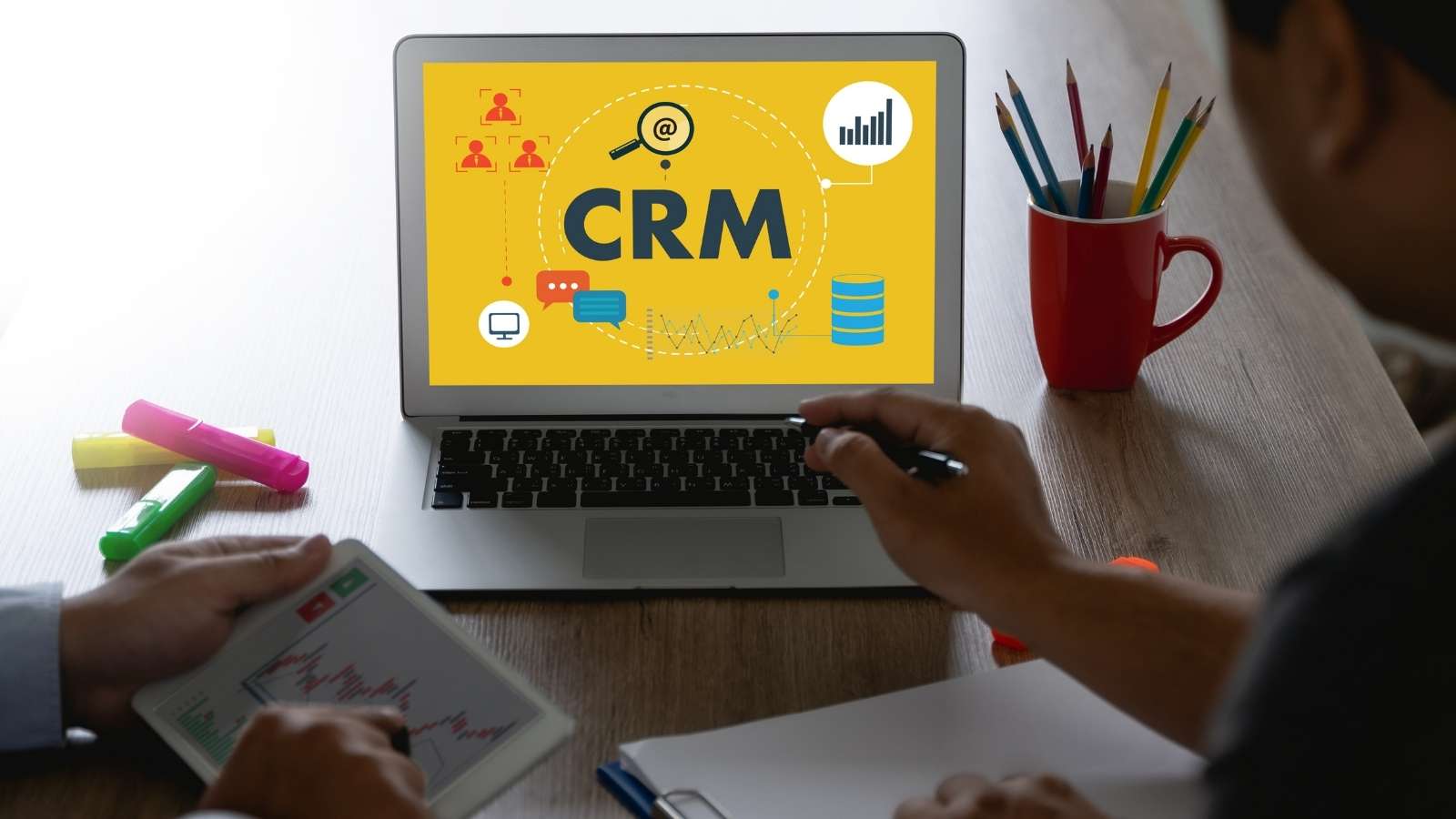We know that good data is essential to understanding customer behavior. We also know that questions of data privacy are changing the digital world as Google plans to stop the use of third-party cookies and Apple introduces stricter privacy controls on its hardware. That’s where CRM data comes in.
Cookies are going away. People hate them. People disable them. Nobody is going to feel bad when they’ve gone. The question is where marketers can find high-quality data for guiding and targeting campaigns. And the answer is that each company’s own data is likely to be the solution because that’s where all the valuable first-party data lives.
First-party data is all the information your audience willingly provides via your existing touchpoints such as social media platforms, ads, landing pages, quizzes, competitions and websites. It is also data from offline sources like phone calls, in-store interactions and other direct customer-service communication (complaints, helplines etc).
This first-party data can be very rich and detailed, providing a 360-degree picture of your customers and potential customers. Even better, it doesn’t rely on cookies. It will probably include:
- Name (to personalize communication)
- ·Email (to notify about offers)
- Home address (to send potential samples)
- Phone number
- Age range
- Location distributions
- Social behaviors and interests
- Race
- Nature of the customer (active, lapsed, curious
- Position in the marketing funnel
- Purchase frequency and patterns (gifts or personal)

It is critical to collect and manage this highly valuable and unique data in a customer relationship management (CRM) system that will help to inform and drive not only your social activity but also much of your marketing. In effect, it is a feedback loop: the CRM informing strategy and then fresh data being used to constantly update and improve the strategy.
Optimize CRM data use
Once you have your rich source of first-person data, the next step is to use it to inform and optimize your marketing efforts. For example, the variety and depth of information allows you to create highly targeted custom audiences for your social ads, ensuring that your customers and potential customers see the messages and content they want to see.
Once you know your core audiences, you can also create lookalike audiences – an essential element of new customer acquisition on Facebook. Essentially, you take what you already know about your core audiences and apply it to new ad parameters. For example, your customer relationship management might reveal that a large percentage of your audience also like horse-riding or photography, which gives you a new direction to aim your ads.
You can also use your CRM to help refine other sales and marketing activities such as:
Retargeting email subscribers
You probably have a rich email database of people who showed an interest in your brand at some stage. Maybe they subscribed to a newsletter or left their details on a landing page. Do they know the latest information about your offer?
Enhanced cross selling
Your enriched data also shows you what your target audiences like to do and buy. It shows where they are and how they interact with other brands or products. It’s possible that they bought a specific product or service from you in the past, but now you see the opportunity to offer them something different.
Improved buying frequency
Buying patterns in your customer relationship management can show how and when prospects like to buy. This tells you the optimum times for targeting them with social messages or direct email communication.
Boosting average order value (AOV)
Your CRM shows that some customers tend to buy small amounts periodically. You can increase AOV in these audiences by offering them attractive discounts or upselling bundles to encourage them to buy more, potentially more often.
Improving lifetime value (LTV)
Your ideal customer will not only buy once or a few times. They will develop a long-term relationship with your brand. You can encourage this by understanding audiences more deeply via the CRM and projecting how some people will evolve their connection as your company grows.
But, if you are not targeting the right people, top class creative really won’t turn the dial. Your own database of customers has some of the best data you can get to help you target the right people.
Improving content engagementwith CRM data
If you’re spending money on high-quality content (web copy, blogs, product descriptions, newsletters, landing pages etc.), you need it to have maximum impact by reaching the most highly target audiences. The best content in the world can fail with the wrong audience. Your data will help you to tie the two together.
The beauty of well organized first-person CRM data is that nobody else has it. Your customers have shared it with you because they are interested in your brand and your products. Careful management of this data can make a huge difference to your bottom line.
Learn more about using CRM data to buy programatically here.










